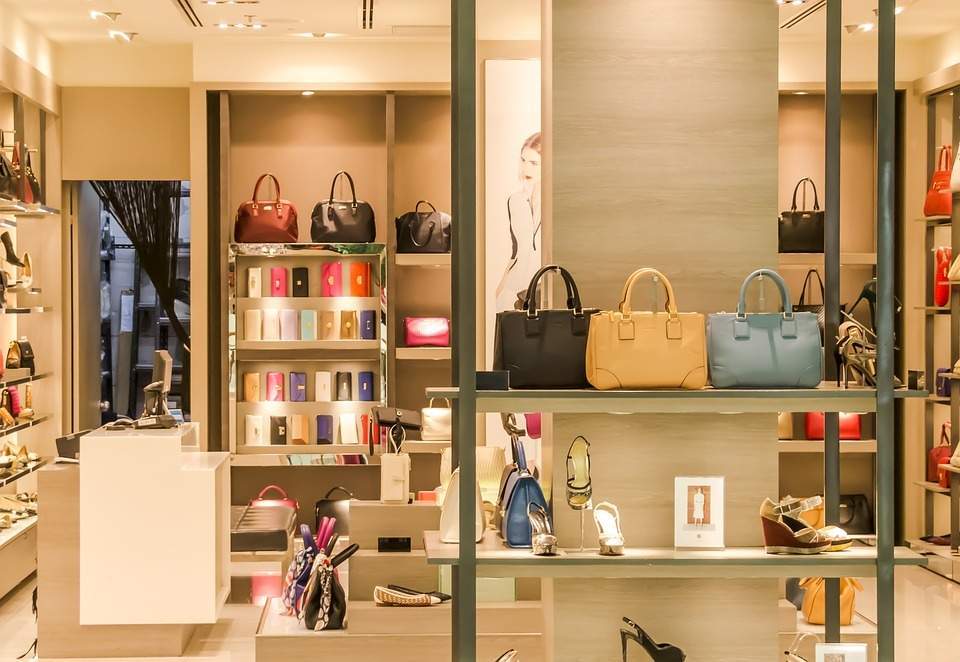
In these scary economic times, the very topmost pinnacle of the luxury goods market is not stopping the upward spiral of prices, writes Lucia van der Post
Here we are in the middle of what seem like very scary economic times. The high street is clearly in trouble and even ardent fans of Brexit are beginning to feel a bit shaken by the magnitude of what they’ve done.
Yet talk to those engaged in selling nothing but the finest and they proclaim that little has changed. In fact, some even report that in these dire times there is a flight to quality. Contrary to popular thinking, it becomes easier to sell the very best in rocky times because when stock markets and currencies wobble, those with the money and nous seek the reassurance of quality and rarity.
They also value provenance and a bit of narrative (which helps account for the fact that somebody paid $36.2 million for Queen Marie Antoinette’s pearl at a Sotheby’s sale in Geneva last year, tripling the record price for a pearl). It’s the same with property. While less distinguished houses take a long time to sell and their owners often have to drop their prices, Jonathan Hewlett, Savills’ director in charge of London residential property, says: ‘We find the finest houses are always the first to go and attract the most interest.’ Then there’s Sotheby’s, which had a bumper 2018.
It sold about $1 billion worth of jewels, pictures, sculptures, wine and other beautiful things to the Asian market. Modigliani’s Reclining Nude sold for $157.2 million, the highest auction price in Sotheby’s history. To test the thesis it seemed worth looking at this year’s Masterpiece, a selling exhibition of some of the finest material things the world has to offer, held every summer in the grounds of the Royal Hospital in Chelsea.
Lucie Kitchener, its managing director, admits there was trepidation among dealers, who have to stump up a hefty fee to exhibit there – but to everybody’s surprise it was one of its most successful years. ‘Dealers are unfortunately incredibly shy about revealing details, but anecdotally we hear of great sales that were made,’ she says.
Customers, it seems, love proof of quality. They love a narrative. (Verdura, for instance, did incredibly well at the fair and has a great back story: the tale of Duke Fulco di Verdura, who began designing jewellery for Coco Chanel and then moved to America.) They love rarity. (A Romano-British mosaic from the Roman villa at Dewlish, Dorset, left the West Country for the first time since it was made around 1,700 years ago to come to Masterpiece, where it sold for a six-figure sum.) And they do love a reassuring name – Henry Moore, Patrick Heron, Pablo Picasso and Josef Frank all sold well at the fair. Names like these don’t go out of fashion.
Sandra Cronan, who deals in fine vintage jewellery, says customers at Masterpiece this year were just as keen to collect as ever, and notes that in tough times her collectors like to take refuge in buying vintage pieces: ‘Values never go down – really good jewellery has gone up by at least 5 per cent year-on-year for many years now.’
Some 30 years ago she helped a Swiss collector amass a collection of insect-inspired jewellery, which came back to her after he died. ‘In the meantime it has gone up massively in value and I sold quite a lot of it very well to a new collector,’ she tells me.
What this all shows is that you can’t go wrong if you buy the finest, which only the wealthiest can afford. Given that the numbers of rich are growing every year, it is no wonder that the rare, the beautiful, the star quality picture, jewel, watch, sculpture or piece of furniture can command ever higher prices.
There now 22.6 million millionaires chasing fewer and fewer rare, high-quality one-off wonders. All this helps explain why, at the very topmost pinnacle of the luxury goods market, there seems to be no stopping the upward spiral of prices.
Read more






